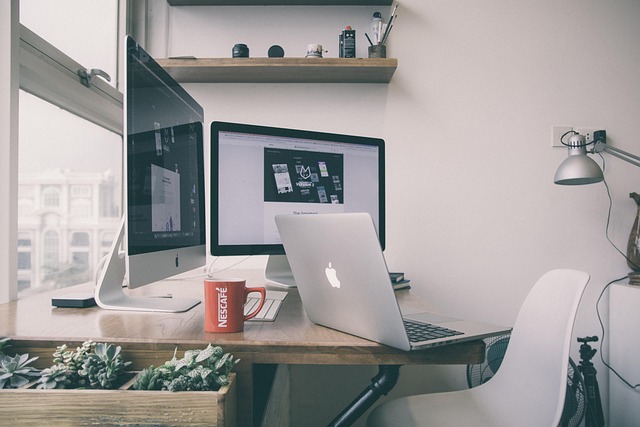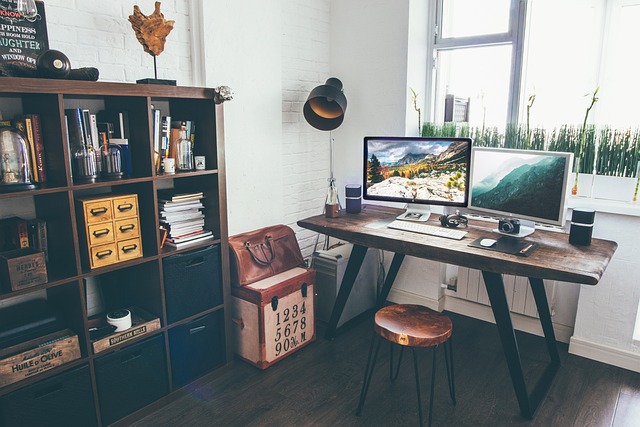
The past few years have seen a seismic shift in the way we work. With remote work becoming the norm for many, our homes have transformed into multifunctional spaces that blend comfort with productivity. The home office has emerged from relative obscurity to become an essential element of residential real estate. No longer just a corner desk in the living room, today’s home offices are designed to inspire focus and creativity while maintaining a healthy work-life balance. For those who prefer a professional setting outside the home, options like office space to rent in Bryanston provide an ideal solution offering flexibility, convenience, and a dedicated environment for productivity. As more people embrace this trend, it’s important to explore how to create an effective workspace at home. From choosing the right location to incorporating technology seamlessly, there are numerous factors that can enhance both productivity and enjoyment as you tackle your daily tasks.
The Shift to Remote Work In the Pandemic
The pandemic brought about an unprecedented shift in how we approach work. As businesses closed their physical doors, employees adapted to new routines from the comfort of home. What once seemed like a temporary solution quickly became a lasting trend. Zoom meetings replaced office conversations, and email chains took over face-to-face interactions. The transition was not without challenges; many grappled with distractions and the blurred lines between work and personal life. Yet, this upheaval also unlocked flexibility that many had long desired.

Benefits of a Home Office for Productivity and Work-Life Balance
A home office has transformed the way we approach work. With a dedicated space, distractions are minimized. This leads to sharper focus and increased productivity. Creating boundaries between work and personal life is crucial. A home office helps establish these lines clearly. You can step into your workspace when it’s time to be productive and close the door when you’re off the clock. Flexibility is another benefit. You can tailor your schedule around personal commitments, leading to better overall satisfaction.
Considerations for Designing a Home Office
Choosing the right location for your home office is crucial. Ideally, it should be a quiet area away from distractions. A spare room or a nook in the living space can work well. Space management plays an essential role too. Make sure you have enough room for your desk, chair, and any additional equipment you need. An organized layout can enhance focus and efficiency. Lighting affects mood and productivity significantly. Natural light is ideal, so try to position your workspace near a window if possible. If that’s not an option, invest in good quality artificial lighting to create a bright atmosphere.

Tax Benefits and Cost Savings of Having a Home Office
Having a home office can lead to significant tax benefits. Many self-employed individuals and remote workers may qualify for deductions related to their workspace. This includes expenses like utilities, internet, and even office supplies. To maximize these savings, it’s essential to meet specific criteria set by the IRS. For instance, your workspace should be used regularly and exclusively for business purposes. Homeowners might also consider depreciation on their property if part of it is dedicated solely as an office space. This can further reduce taxable income over time.
In Conclusion
The rise of the home office is more than just a trend; it’s reshaping our work lives. As remote work continues to gain traction, the importance of designing an effective workspace at home cannot be overstated. With the right approach, your home office can enhance productivity and create a healthy balance between professional responsibilities and personal life. Focusing on essential factors like location, space utilization, and lighting ensures that you are setting yourself up for success. Incorporating technology seamlessly into your setup transforms how you work and communicate with colleagues or clients. It keeps you connected while allowing flexibility in how much space you’re actually using.
